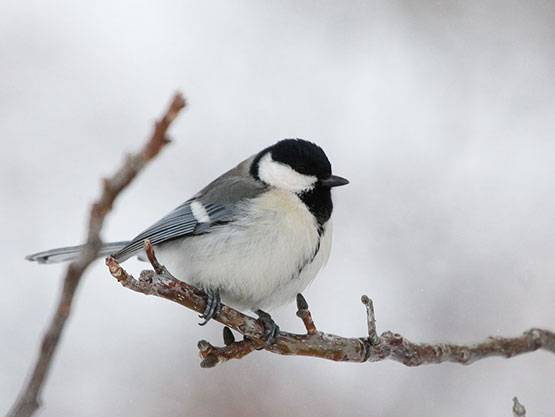Afghanistan – Armenia – Azerbaijan – Bahrain – Cyprus – Egypt – Georgia – Iran – Iraq – Israel – Jordan – Kazakhstan – Kuwait – Kyrgyzstan – Lebanon – Oman – Qatar – Saudi Arabia – South West Russia – Syria – Tajikistan – Türkiye – Turkmenistan – United Arab Emirates – Uzbekistan – Yemen

Capital: Tashkent
Area: 448,844 km2
BirdLife International partner: Uzbekistan Society for the Protection of Birds (UzSPB)
Total number of bird species: 467
Globally threatened bird species: 52 in the National Red Data book, 47 IUCN species (CR – 3, EN – 4, VU – 17, NT – 22, DD – 1)
Country endemics: 0
Important bird and biodiversity areas: 52 IBAs with a total area of 24,628 km2
Rare birds committee: There is currently no rare birds committee in Uzbekistan.
Specialities:
Lesser White-fronted Goose, Marbled Duck, Ferruginous Duck, White-headed Duck, Dalmatian Pelican, Sociable Lapwing, Lesser Kestrel, Saker Falcon, Pander’s Ground Jay, Turkestan Tit
Ornithological interest:
Uzbekistan is situated at the intersection of key migratory flyways from Western Siberia and Kazakhstan to Iranian-Caspian and Indian-Pakistani wintering grounds and the country is a migration corridor on the Central Asian Flyway. Desert, mountain, wetland and riparian forest ecosystems are essential for millions of migratory, breeding and wintering bird species, many of which are globally threatened.
Given the variety of habitats, Uzbekistan is an excellent country in which to see a number of regional specialties. The Kyzylkum Desert and Ustyurt Plateau are important for breeding Saker Falcons, Egyptian Vultures and Lesser Kestrels while mountain ranges are breeding sites for a range of birds of prey including Cinereous and Griffon Vultures, Lammergeiers, Saker Falcons and Golden Eagles. Other notable species include Himalayan Snowcock, Hume’s Short-toed Lark, Indian Paradise-flycatcher, White-winged Snowfinch and Red-mantled Rosefinch. The deserts and semi-arid areas are important for Macqueen’s Bustard, Pallas’s Sandgrouse, Egyptian Nightjar and Desert Lark while Asian Short-toed Lark, Pander’s Ground-jay and Saxaul Sparrow can also be found.
Sizeable concentrations of waterbirds can be found in Uzbekistan’s many large wetland areas which host a number of globally-threatened species such as Marbled, Ferruginous and White-headed Ducks, Common and Demoiselle Cranes and Dalmatian Pelican. Tugay or riparian forests are important as breeding areas for Shikra, seven local subspecies of Common Pheasant, Pallid Scops Owl, White-winged Woodpecker and Turkestan Tit.
Best times to visit:
Visits should be planned according to the species being sought. Early April to May is best for spring migrants with the chance of encountering some late-staying wintering birds and early nesters. September and October are good for autumn migration. A visit between November and February can be excellent for wintering waterbirds as well as some of the mountain specialties which descend to lower altitudes in winter.
Essential reading:
Ayé R, Schweizer M & Roth T (2012) Birds of Central Asia, Christopher Helm.
Mitropolskiy O V, Bakaev S B, Kashkarov R D, Kashkarov O R (2013) Brief guide on Birds of Uzbekistan. UzSPB, Tashkent.
Kashkarov O R, Mitropolskiy O V (2020) Short guide to waterbirds and birds of open spaces of Uzbekistan in two posters. UzSPB, Tashkent.
The Uzbekistan Birdwatching Community website can be found here: https://uzbekistan.birds.watch/
Trip report links:
6 June-3 July 2000 – Kyrgyzstan and Uzbekistan
2-3 May 2015 – Tashkent Province
Compiler:
Oleg Kashkarov
